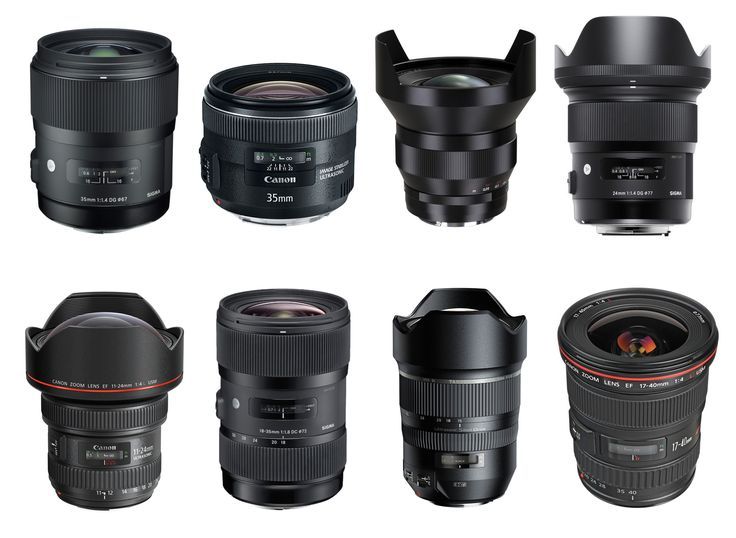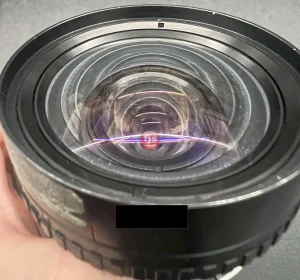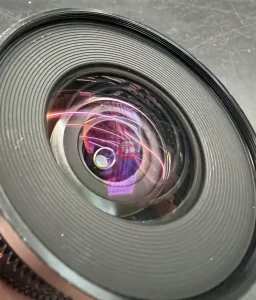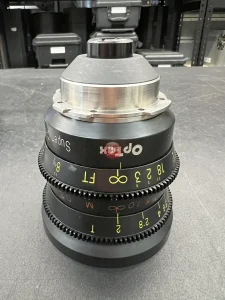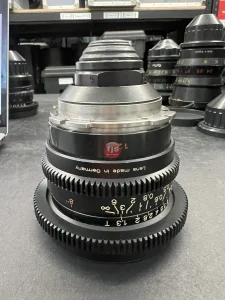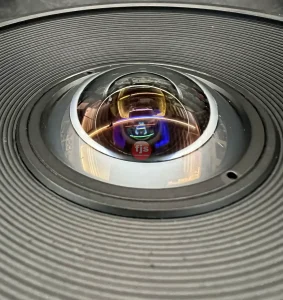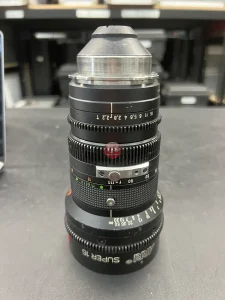Introduction:
Wide angle lenses are a popular choice among photographers and cinematographers due to their ability to capture a wide-angle view of a scene. While they are commonly used for landscape photography, wide-angle lenses also offer a range of creative applications. In this post, we will explore the various ways in which wide angle lenses can be used creatively, while also discussing their impact on image quality and optical performance.
Key Features and Benefits of Wide Angle Lenses:
- Expansive Field of View:
Wide-angle lenses are characterized by their ability to capture a wider field of view compared to standard or telephoto lenses. This expansive perspective allows photographers to include more of the scene in their frame, resulting in visually captivating images. - Distortion and Perspective:
Wide angle lenses often introduce a unique distortion and perspective to images, which can be creatively utilized. The exaggerated size of objects in the foreground and the perceived depth in the background can add a sense of drama and dynamism to photographs. - Environmental Portraits:
Wide angle lenses are particularly well-suited for environmental portraits, where the subject is captured within the context of their surroundings. By including more of the background, wide angle lenses help to tell a richer story and provide a sense of place. - Architecture and Interiors:
For architectural and interior photography, wide angle lenses are invaluable in capturing the entire space. These lenses allow photographers to showcase the grandeur of buildings, while also showcasing intricate details that may be missed with narrower lenses. - Creative Perspectives:
Wide angle lenses encourage photographers to think creatively and experiment with different angles and compositions. By getting close to the subject and playing with leading lines, photographers can create visually striking and unique images.
Image Quality and Optical Performance:
- Distortion and Vignetting:
Wide angle lenses are prone to distortion, particularly towards the edges of the frame. However, modern wide angle lenses are often equipped with advanced lens elements and coatings that help minimize these issues. It is important to choose a high-quality lens to ensure optimal image quality. - Edge-to-Edge Sharpness:
Wide angle lenses may exhibit reduced edge-to-edge sharpness compared to narrower lenses. When selecting a wide angle lens, it is crucial to consider the optical performance and read reviews to ensure that it meets your requirements for image quality. - Lens Flare and Chromatic Aberration:
Wide angle lenses can be more susceptible to lens flare and chromatic aberration due to the wider field of view. However, these issues can be mitigated by using lens hoods, shooting at optimal apertures, and post-processing techniques.
Conclusion:
In conclusion, wide angle lenses offer a range of creative applications beyond landscape photography. From capturing expansive vistas to adding a unique perspective and distortion, these lenses provide photographers with a tool to express their creativity. While image quality and optical performance considerations are important, with careful selection and technique, wide angle lenses can deliver stunning results. So, don’t hesitate to explore the creative possibilities that wide angle lenses offer and experiment with different subjects and compositions.
List of Questions and Answers:
1. Q: Can wide angle lenses be used for portrait photography?
A: Yes, wide angle lenses can be used for portrait photography, particularly environmental portraits where the subject is captured within their surroundings.
2. Q: Do wide angle lenses affect image quality?
A: Wide angle lenses may introduce distortion and vignetting, but modern lenses with advanced optical elements can minimize these issues. It is important to choose a high-quality lens to ensure optimal image quality.
3. Q: Are wide angle lenses suitable for capturing architecture and interiors?
A: Yes, wide angle lenses are ideal for capturing architecture and interiors as they allow photographers to showcase the entire space and capture intricate details.
4. Q: Do wide angle lenses suffer from reduced edge-to-edge sharpness?
A: Wide angle lenses may exhibit reduced edge-to-edge sharpness compared to narrower lenses. It is important to consider the optical performance and read reviews before selecting a wide angle lens.
Keywords: wide angle lenses, creative applications, image quality, wide-angle view, optical performance, distortion, perspective, environmental portraits, architecture, interiors, creative perspectives, edge-to-edge sharpness, lens flare, chromatic aberration.

